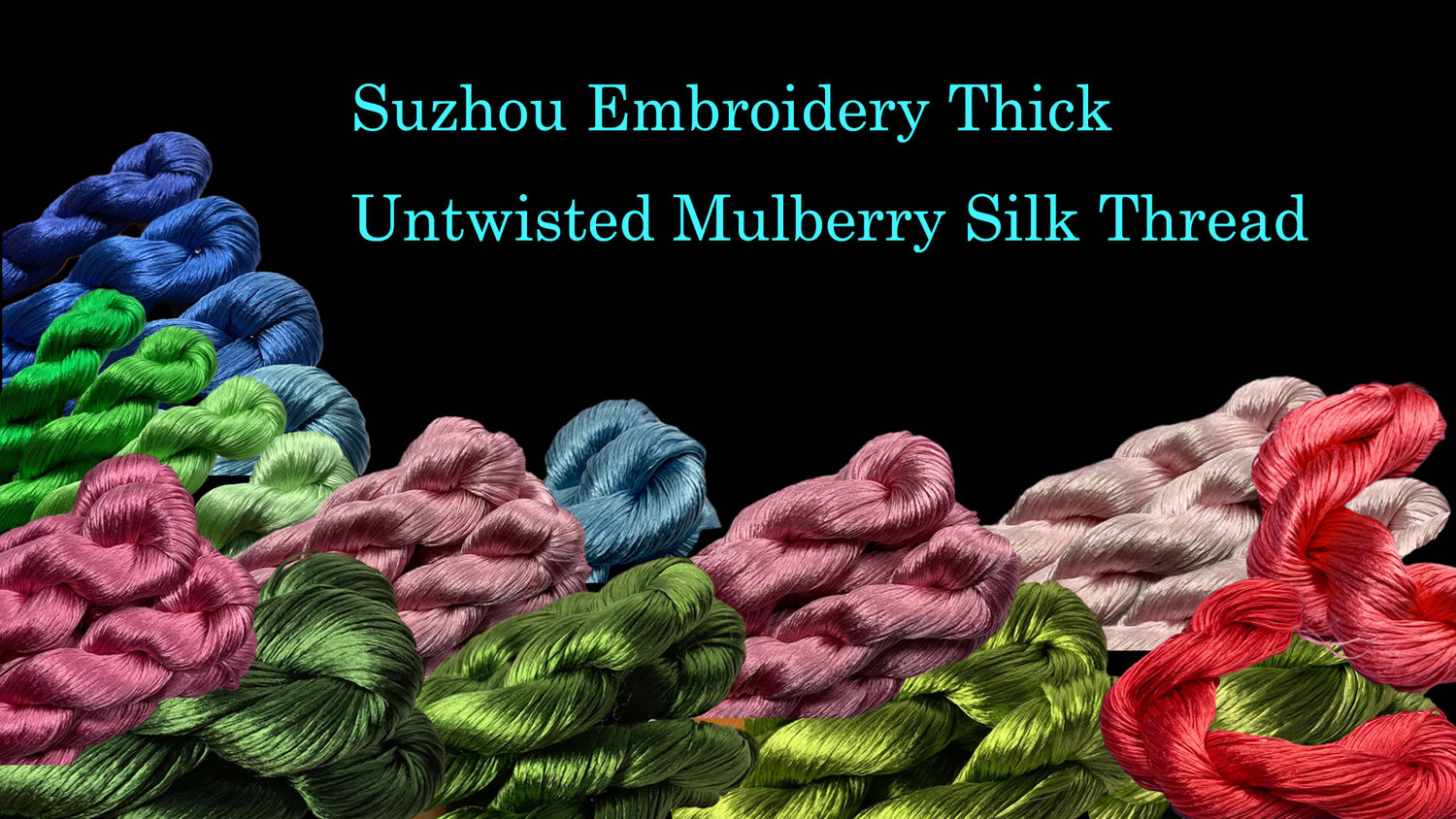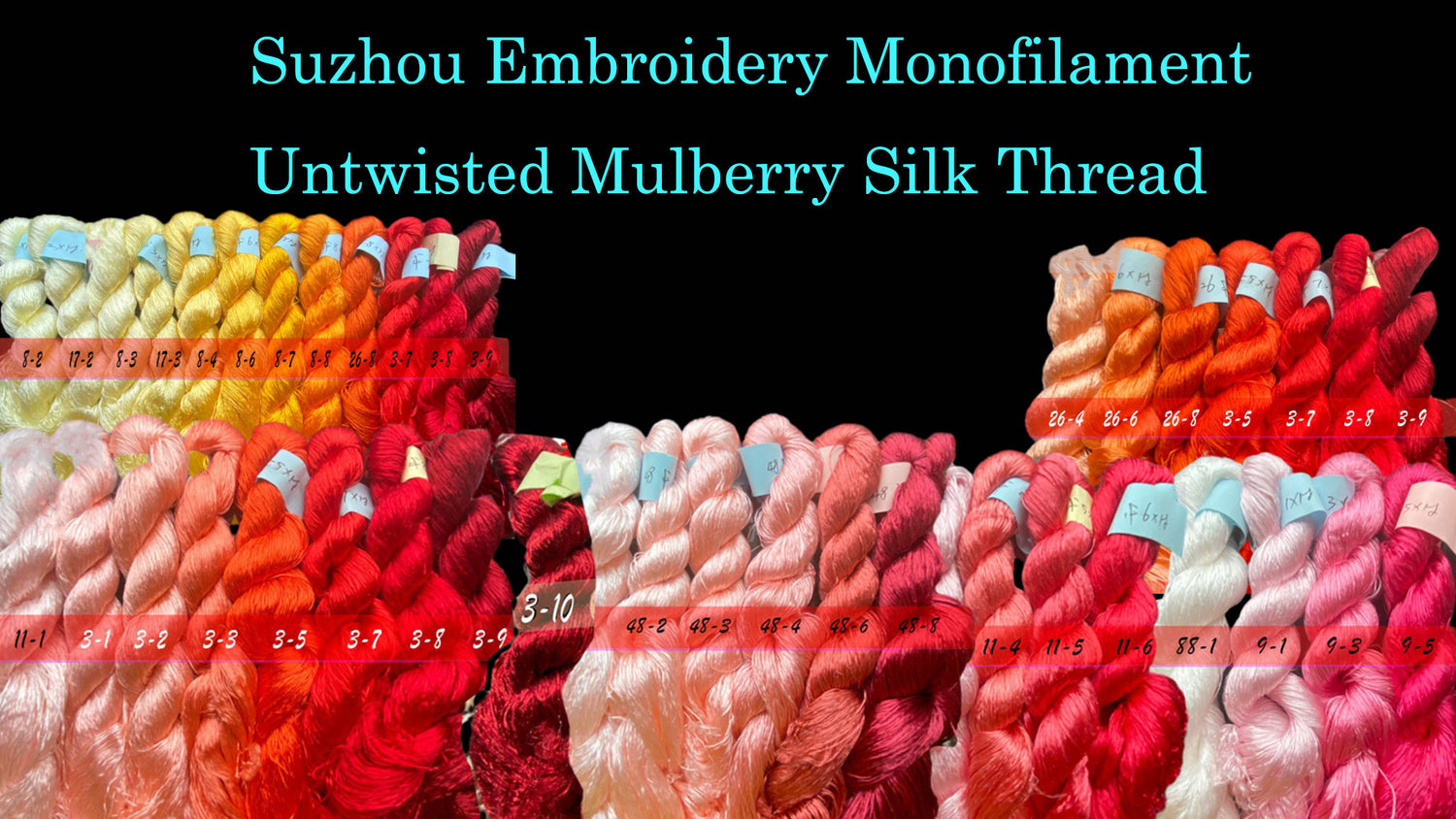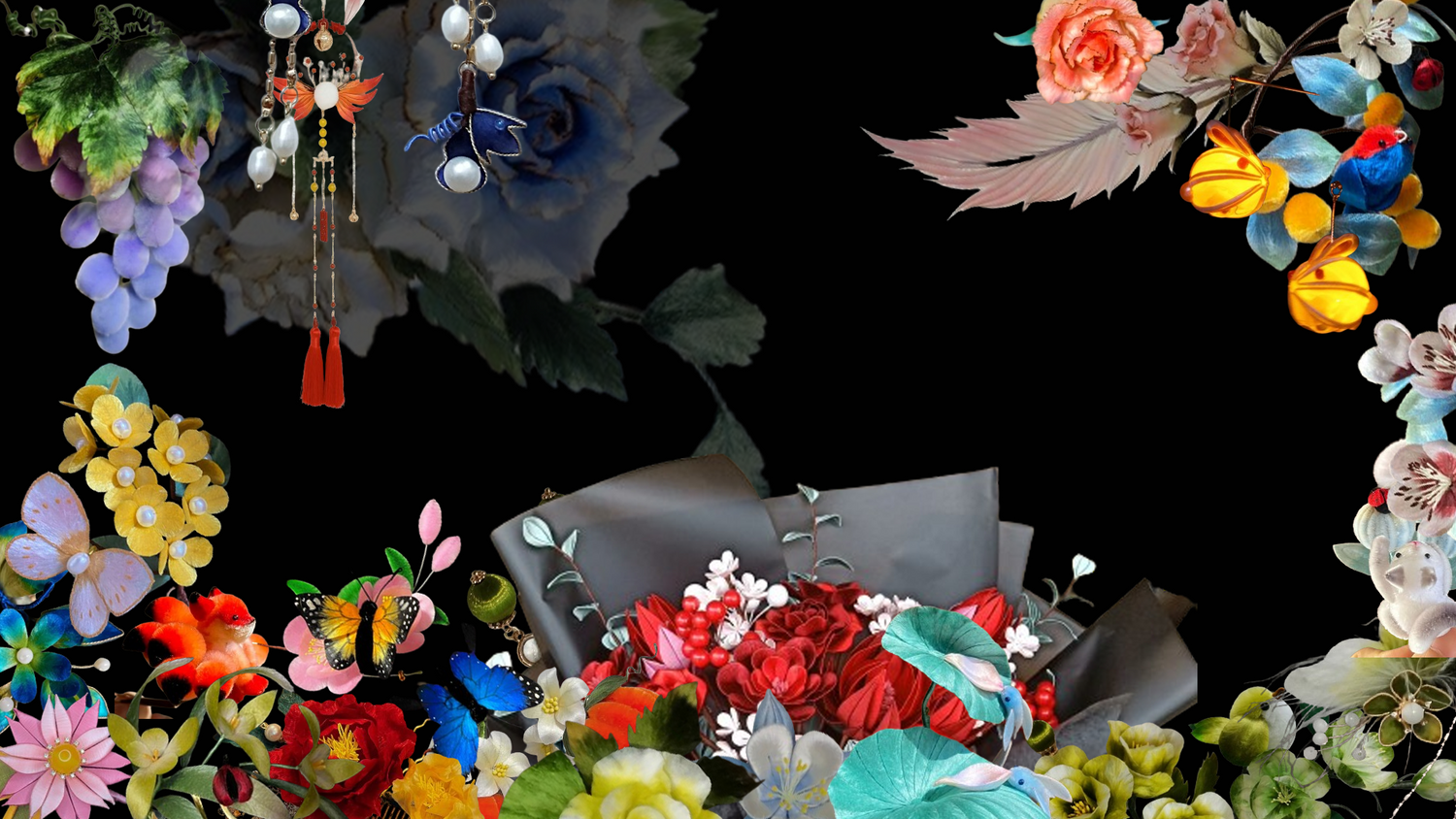
Practical Techniques—How to Tie Flowers and Finish - Handcraft Ronghua Tutorial
Share
Below are some practical techniques I've summarized for making Ronghua. You can use them as a reference.
How to Tie Flowers and Finish
Tying flowers (arranging flowers) and finishing are necessary steps in the process of making Ronghua. Below, using the production of peonies as an example, I will introduce the specific operations of tying flowers and finishing.
 1
1
1. Prepare the Flower Stamen: Fold a suitable amount of gypsum flower stamens in half and bind them with silk thread to create the peony stamen.
 2
2
2. Prepare and Attach Petals: Using the methods explained earlier, prepare the peony petals. Then, start tying the petals around the gypsum stamen layer by layer in an interlaced manner. The final effect is as shown in the image above.
 3
3
3. Trim Excess Wire: Use scissors to cut the excess brass wires to different lengths, leaving enough wire based on the length of the main accessory.
 4
4
4. Attach Flower to Main Accessory: Bind the flower to your chosen main accessory with silk thread. To finish, add a folded 0.2mm copper wire piece (with the folded loop facing up) and wrap the thread from top to bottom for a short distance, then wrap back up. Pull the end of the thread through the folded loop to hide the thread end.
 5
5
5. Finalize and Secure: Cut off the excess thread, optionally using a lighter to seal it, and apply white glue to the thinner part of the wrapped thread to prevent it from slipping.
Tips: This finishing method is very convenient and suitable for various crafts like Ronghua, Chanhua(wrapped flowers), and heat-shrinkable sheets that require soft hairpins or main accessories. Since no knots are needed, the finishing is very smooth and neat. Attaching Leaves: The method of attaching leaves depends on the characteristics of the leaves being made. Several examples of tied leaves are shown above, with the most common being the combination of three leaves.
Attaching Leaves: The method of attaching leaves depends on the characteristics of the leaves being made. Several examples of tied leaves are shown above, with the most common being the combination of three leaves.







